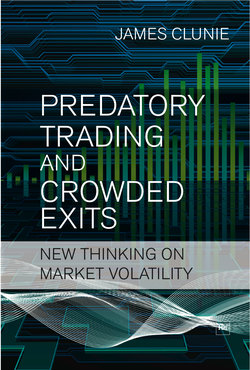Читать книгу Predatory Trading and Crowded Exits - James Clunie - Страница 25
На сайте Литреса книга снята с продажи.
Short-sale constraints
ОглавлениеEarlier, we considered the notion that short-sale constraints matter in markets, as they can prevent traders from exploiting mis-pricings and can lead to security prices remaining over-valued for some time. A short-sale generally requires the borrowing of securities to facilitate the settlement of the transaction [3] . However, it is not always possible to locate securities for borrowing. Also, the short-seller must generally pay a fee to borrow securities, and this can reduce the attractiveness of the short-sale. These problems, plus legal barriers, are known as direct short-sale constraints.
There are also many indirect constraints on short-selling, including the potential for unlimited losses and the risk of being caught in a crowded exit. In extensive interviews that I conducted with short-sellers and prospective short-sellers [4] , interviewees identified no less than 34 barriers and difficulties with short-selling. There could even be more than this! These constraints tend to be risk-related, social or institutional in nature.
Perhaps one of the most interesting barriers mentioned is the perception that short-selling is a ‘trading’ activity rather than an ‘investing’ activity, so that it becomes unacceptable in the eyes of some stakeholders, such as trustees, consultants and ultimate clients. On the whole, our understanding of the risks associated with short-selling is limited. (I examine several of these in greater detail in the next few chapters.)
